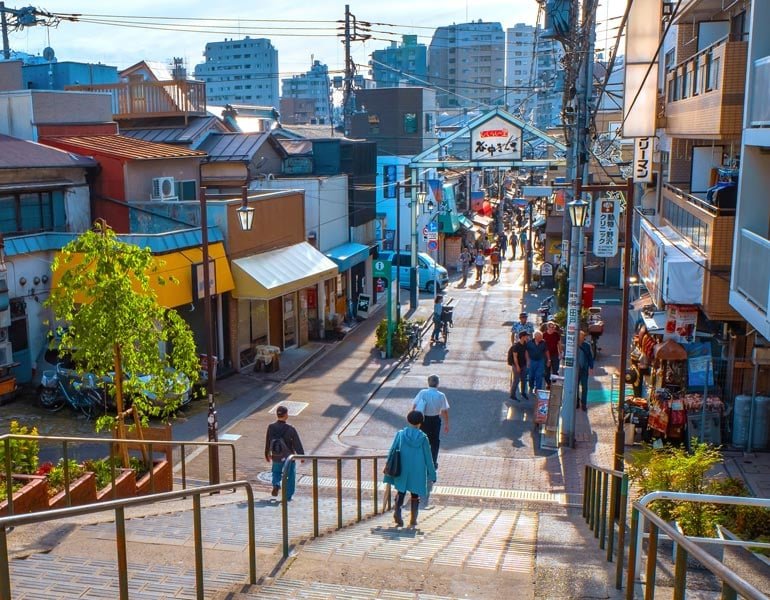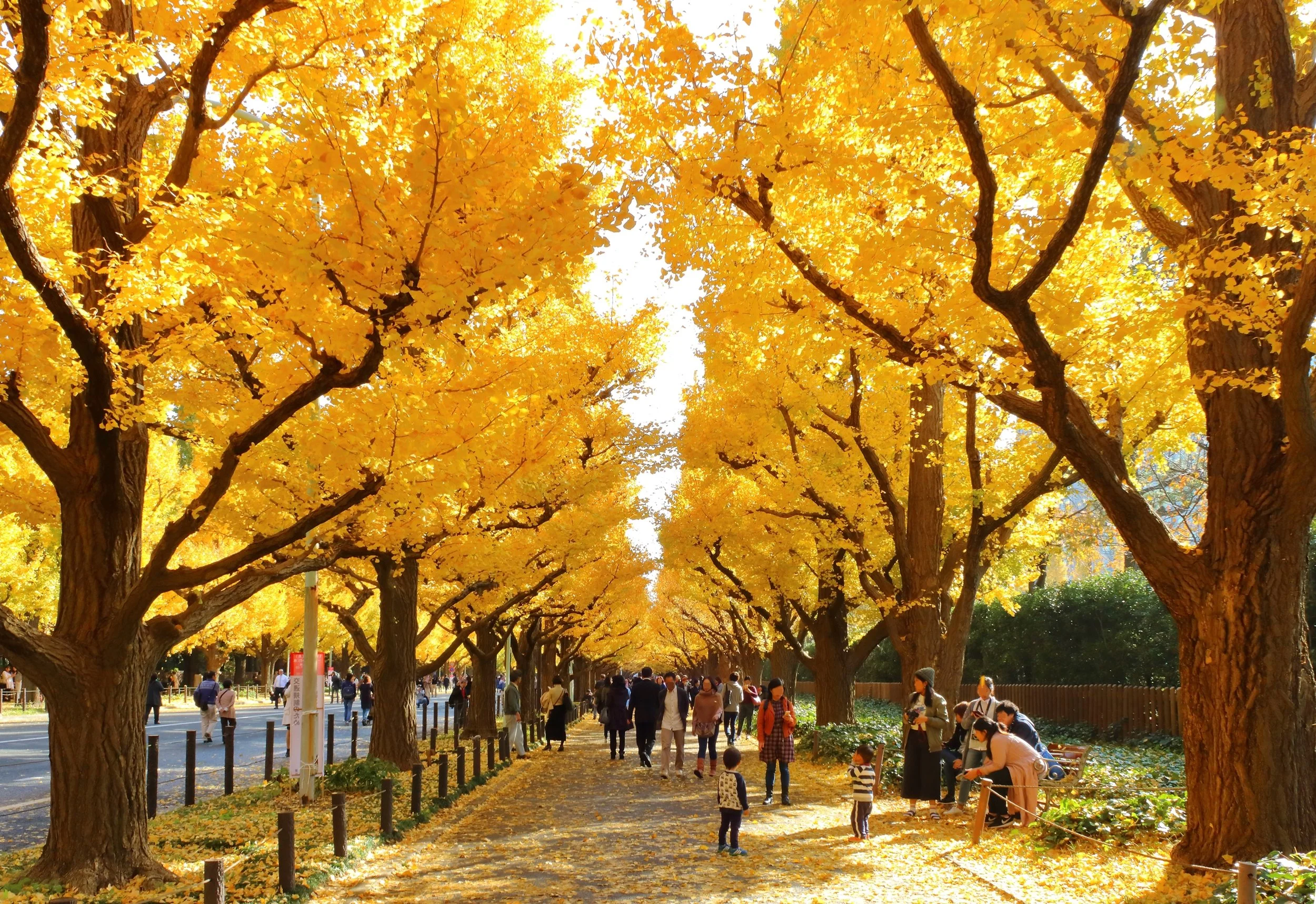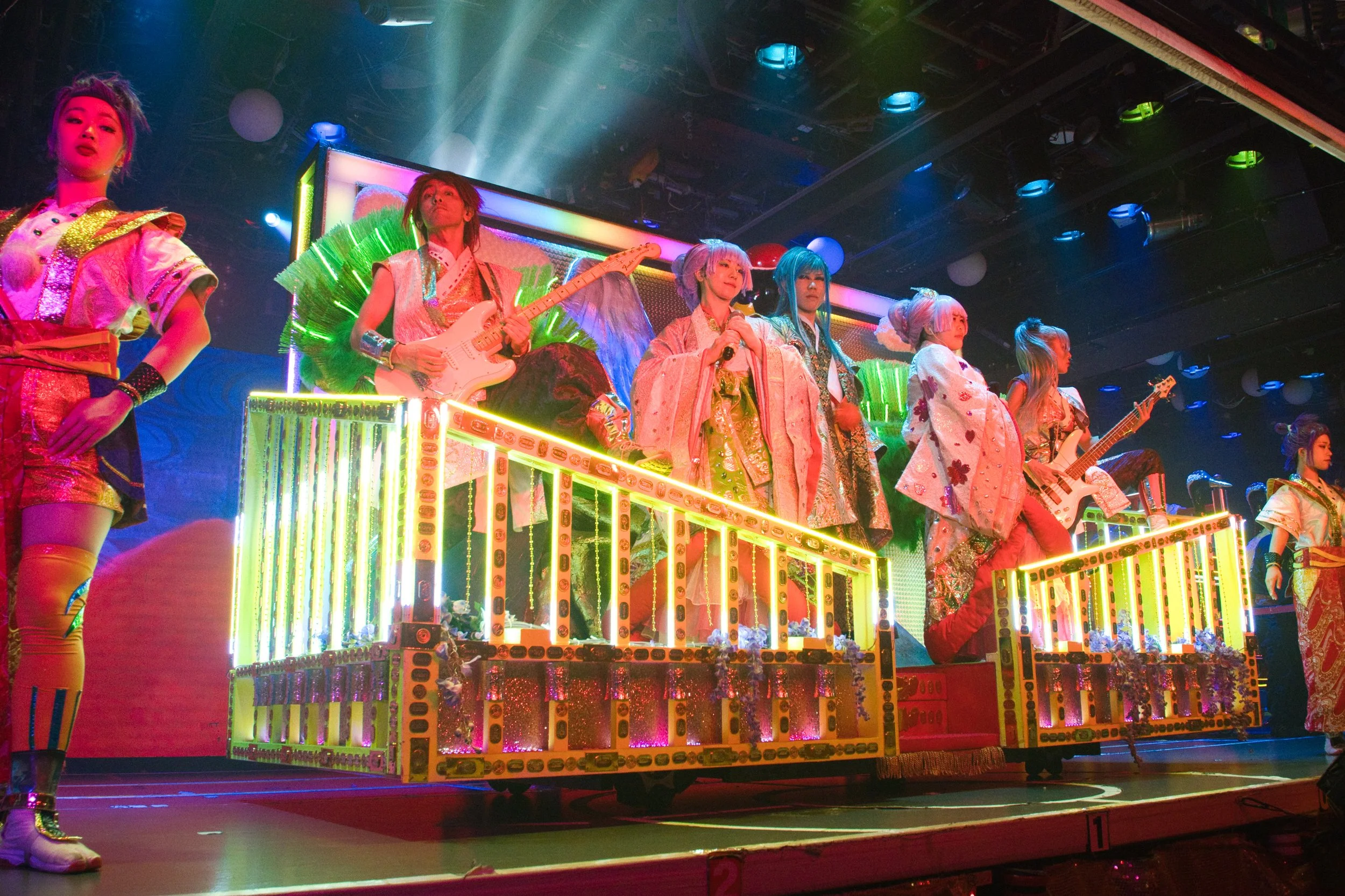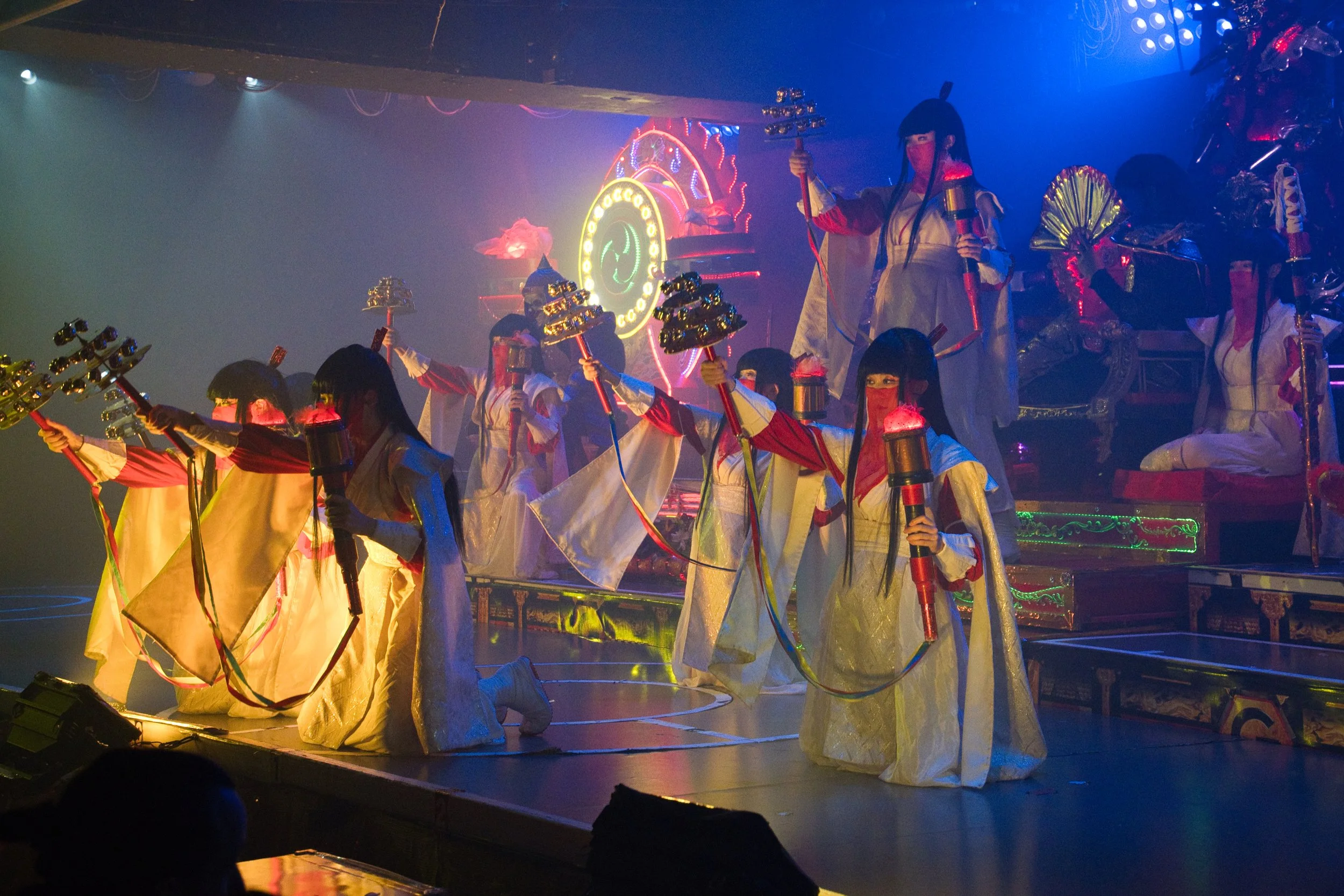Photo Credit: Agoda.com (Fireworks backdrop of the Sensoji Temple)
New Year’s Day in Japan, known as Shōgatsu (正月), is the most important holiday of the year. Unlike the loud countdown parties seen in other countries, Japan welcomes the New Year with calm reflection, family traditions, and spiritual rituals. If you’re visiting Tokyo in January 2026, this guide will help you understand what to expect and how to experience this special time like a local.
What Makes New Year’s Day in Japan Special?
In Japan, New Year’s is more than just a celebration—it’s a fresh start. Businesses close, families gather, and people focus on gratitude, health, and good fortune for the year ahead. The atmosphere in Tokyo becomes noticeably quieter, offering travelers a rare chance to see the city at a slower pace.
Hatsumōde: The First Shrine Visit of the Year
One of the most important New Year traditions is Hatsumōde, the first visit to a shrine or temple.
Best Places for Hatsumōde in Tokyo
Meiji Jingu (Shibuya) – Tokyo’s most famous shrine, surrounded by a forested park
Senso-ji Temple (Asakusa) – Lively and traditional, especially beautiful in winter
Zojo-ji Temple (near Tokyo Tower) – A peaceful spot with iconic views
Visitors pray for good health, success, and happiness, draw fortune papers (omikuji), and buy lucky charms (omamori). Expect large crowds from January 1–3, especially at major shrines.
Traditional New Year Foods to Try
Food plays a huge role in Japanese New Year celebrations. While many restaurants close on January 1, some traditional meals are still available.
Osechi Ryori – Special New Year dishes packed in lacquered boxes, each item symbolizing good luck
Ozōni – A comforting soup with mochi rice cakes, eaten on New Year’s Day
Mochi – Sticky rice cakes symbolizing strength and longevity
Winter Weather in Tokyo
January is winter in Tokyo, but it’s generally mild compared to other countries.
Average temperature: 2–10°C
Clear skies and low humidity
Rare snowfall
Warm layers, a coat, and comfortable walking shoes are recommended.
Is New Year’s Day a Good Time to Visit Tokyo?
Yes—especially if you enjoy cultural experiences and a calmer city vibe. While nightlife is quiet and some shops close, the cultural depth of Shōgatsu makes it a unique and meaningful time to visit.
Perfect for:
Cultural travelers
First-time visitors wanting authentic experiences
Photography lovers (quiet streets and winter light)
Experience New Year in Tokyo with a Local Guide
Navigating Tokyo during New Year can be confusing due to closures and crowds. Joining a Tokyo guided tour or private customized tour allows you to:
Visit the best shrines at the right time
Learn the meaning behind Japanese traditions
Enjoy stress-free sightseeing even during holidays
A local guide ensures you don’t miss the cultural significance behind every ritual.
Celebrating New Year’s Day in Japan is a peaceful, cultural experience unlike anywhere else in the world. From Hatsumōde shrine visits to traditional foods and quiet city streets, this Tokyo guide for January 2025 shows how the city offers travelers a chance to start the year with intention, reflection, and discovery.
If you’re planning your Japan trip, New Year’s Day in Tokyo might just be the most memorable moment of your journey.
Connect with us!







































